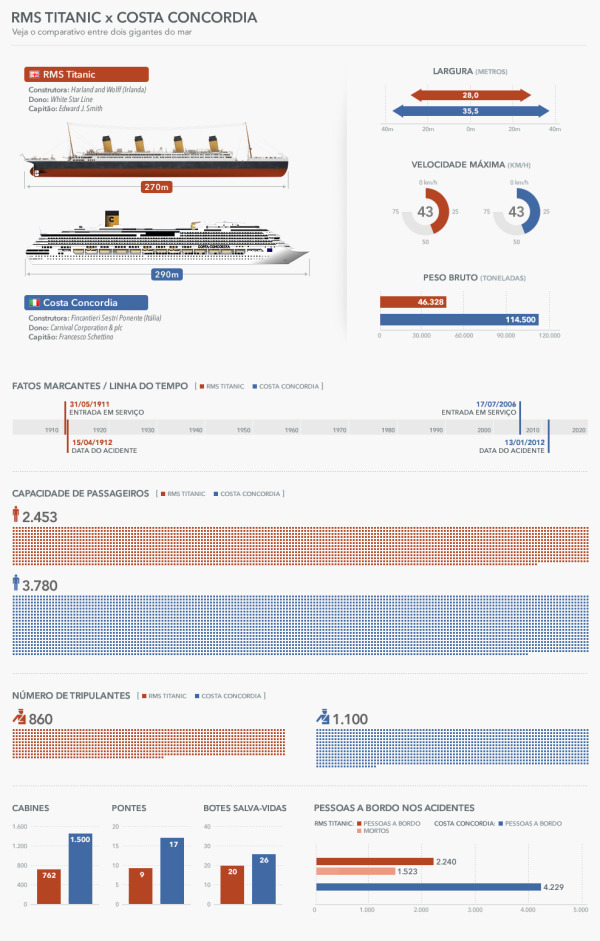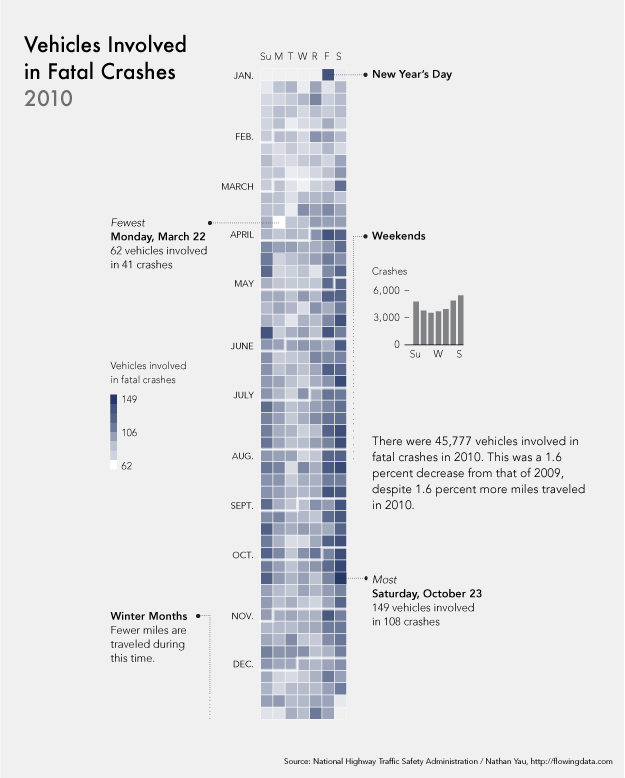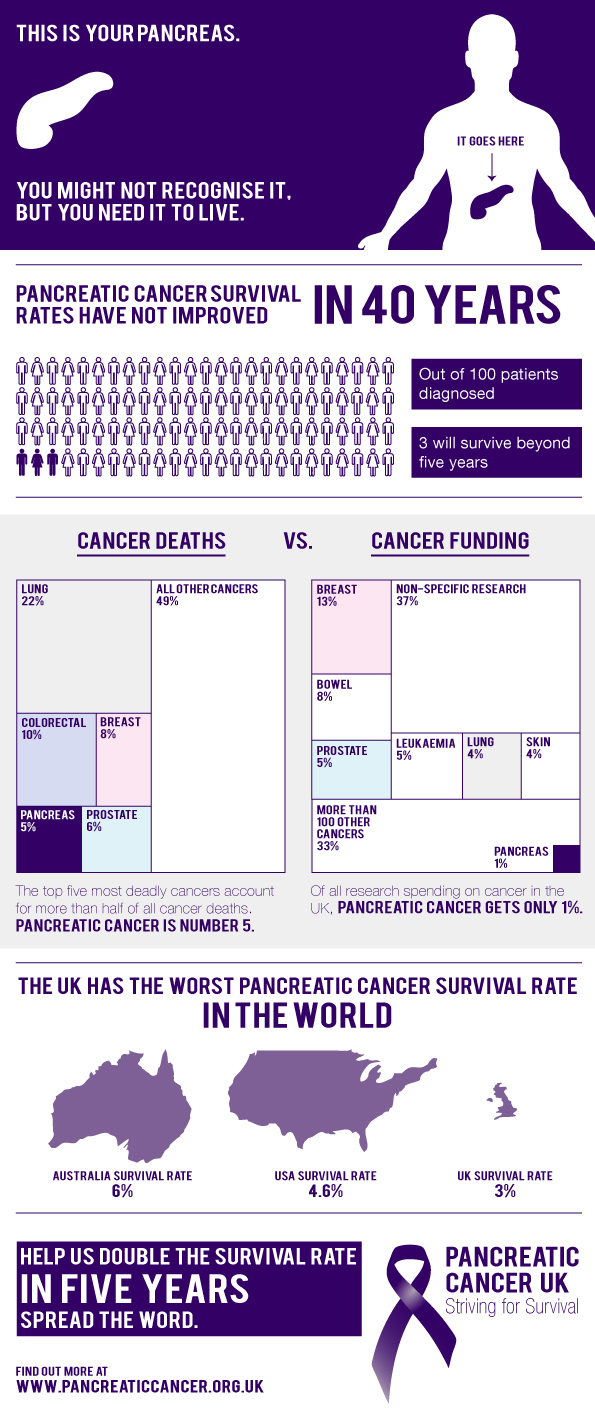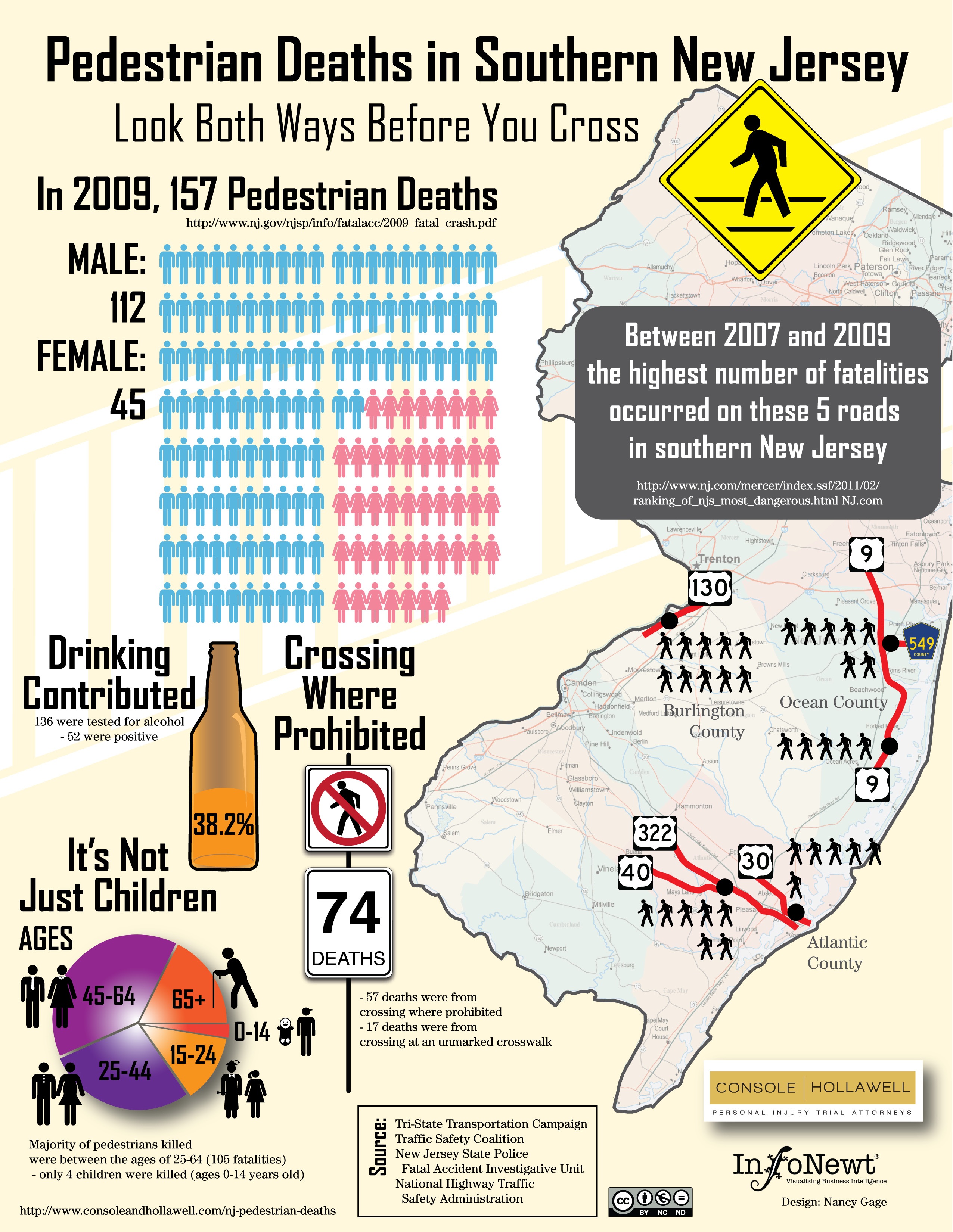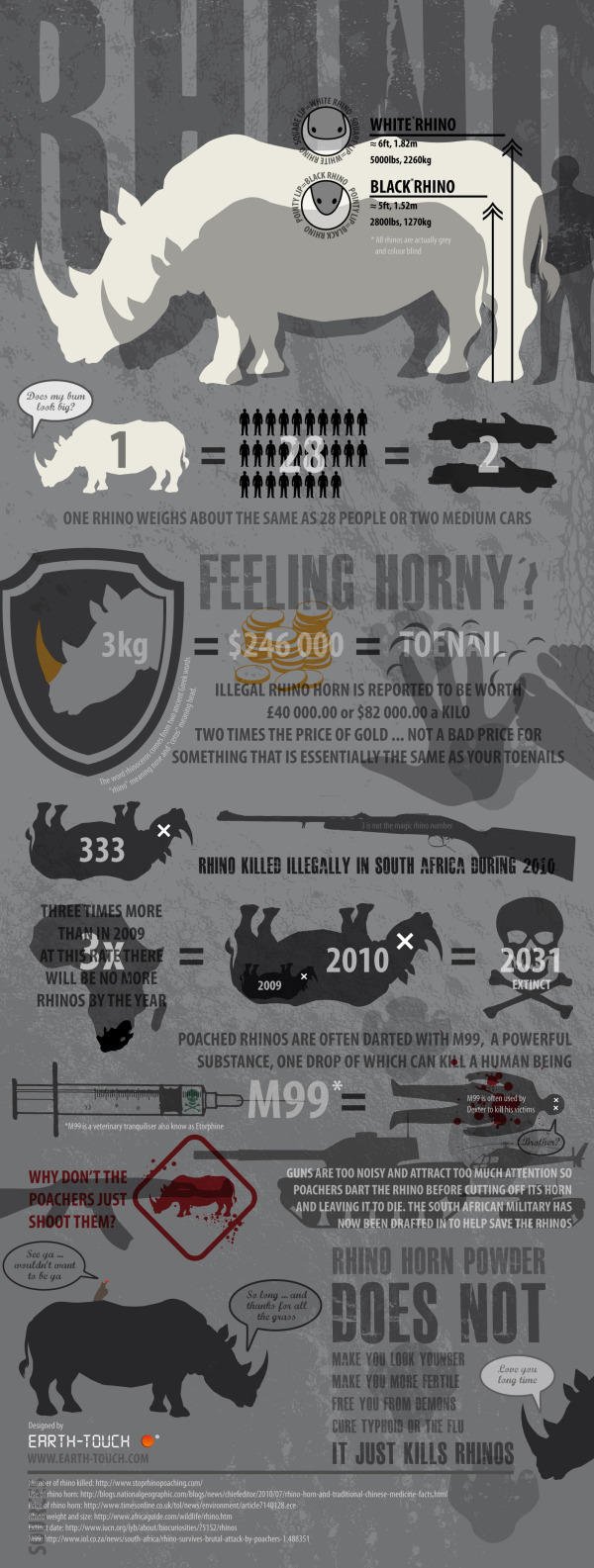The Dangers of Speeding While Driving
Of course you already know that speeding is dangerous, but The Dangers of Speeding While Driving infographic from Chucker & Reibach highlights some of the statistics behind traffic incidents that result from putting the pedal to the metal!
The dangers of speeding are certainly well known to most drivers, either by getting a ticket for speeding from law enforcement or being part of an accident due to someone driving too fast or even having a loved one be a victim of excessive speeding. This infographic provides statistics about speeding, including how often speeding results in a fatality, how much does speeding actually cost and what are the main reasons that people speed. In the end, any reason a driver gives for speeding will never be worth the potential costs.
I like this design, and it lays out the relevant statistics for the reader in an easy to understand layout.
A few suggestions I would make to improve the design:
- Too many of the statistics are shown in a large font text, but not visualized
- Needs a URL to the original landing page of the infographic so readers can find the original, full-size version on sites that don’t link back correctly.
- Needs a copyright or Creative Commons license statement in the infographic itself
- How does speeding make gas more expensive? I think it means that your car will use more gas per mile with a lower fuel efficiency (gas guzzler), but the stat wording says that you would pay $0.24 more per gallon.
- The “Where People Speed” section is hard to understand. Does the statistic “47% speed on roads 50MPH or less” mean that the speeding accidents happen at speeds less than 5-MPH or the speed limit on the road is 50MPH or less? The visual speedometer implies it’s the speed of the car, but I think the stat meant the posted speed limit on the road.
Thanks to Shell for sending in the link!









 Randy
Randy

